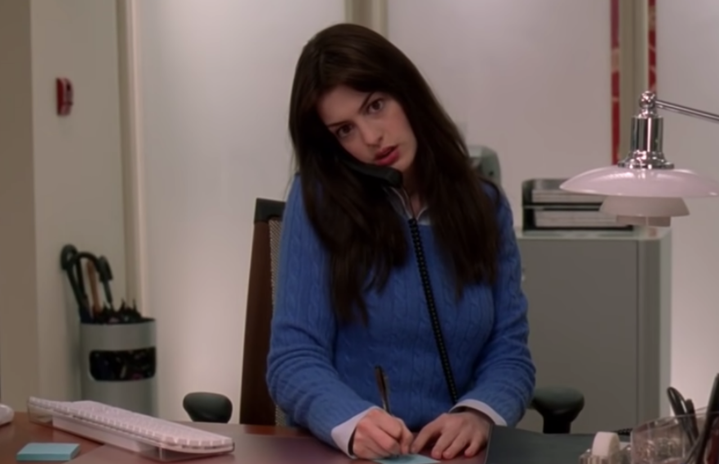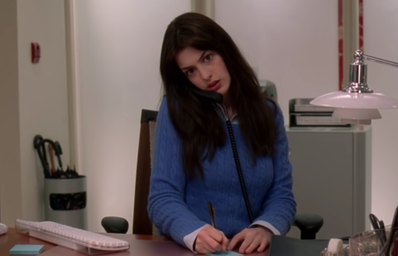Its is a fact that fashions return, whether you take the theories like the well-known ‘fashion pendulum’ with its swings from maximalist to minimalist or the 10-year rule for fashions making a comeback. We have seen this with the revival of 80s fashion, in part prompted by the popularity of the series ‘Stranger Things’ (Season 1 released in 2016), the resurgence of Y2k styles in the last few years, and now the return of the 90s in 2024. But aside from statistical, set trajectories, what does the return of fashions really tell us about ourselves? Why this inclination for nostalgia?
Why Nostalgia?
Nostalgia, this longing for the past, is a near universal sentiment. It is a coping mechanism, with research claiming that nostalgia can protect mental wellbeing, causing positive emotions including increased optimism and inspiration, boosted self-esteem, and connection with others. With one of the hallmarks of nostalgia being a cognitive bias, we have all experienced that ‘rose-tinted glasses’ effect that makes the past seem happier than it really was, provoking a yearning for these “better times”. This has translated into fashion in recent years, with nostalgic trends symbolising more than simply a return of clothing styles.
The popularity of the return of these trends is not only an appreciation of the styles themselves, but of the era that the styles represent in a kind of ‘historical nostalgia’ – a type of nostalgia oriented towards history and society. According to Krystine Batcho, professor of psychology at LeMoyne College and a licensed psychologist, this ‘historical nostalgia’ (distinct from personal nostalgia) can even result in emotional attachment to or longing for times in history before ones birth. During Covid, a time when freedom for many teenagers was restricted, they looked back to the 80s as a time of perceived relative freedom for teenagers, an image in part prompted by shows such as ‘Stranger Things’.
A Sense of Stability
This rise of the retro with the Covid-19 pandemic points to the use of fashion as a source of safety. With nostalgia as a stabilising force during times of change and transition, the reclaiming of retro fashion was one way to connect with a seemingly stabler past; a mode to create safety and regain a sense of stability in a turbulent time. Paired with a nostalgic longing of a time of perceived happiness and freedom, this was part of an attempt to reclaim a classic teenage experience at a point when many felt their own was being lost in the lack of freedom and socialisation of lockdown.
Environment and Sustainability
Of course, there is also the eco-conscious element to these resurgences in fashion, coming into vogue with the gentrification of thrift stores and charity shopping. The purchase of second-hand pieces as opposed to new ones drives the re-cycling of trends as styles are pushed back into wear potentially faster than otherwise.
Again, with the pandemic, Vinted and Depop became key sources of nostalgic fashion with sellers playing into and perpetuating this trend with items labeled “vintage” selling for three times the price, playing into this idea of desirability.
Uniqueness and Self-Expression
This phenomenon also speaks to this resurgence in “vintage” or nostalgic trends as a bid for rarity and uniqueness in the fashion world. The social currency that comes from a vintage monsoon skirt or authentic Miss Sixty or Wrangler jeans is located in this item’s uniqueness – the fact that only you can have it, makes you unique. So, nostalgic fashion is also a project in self-expression. It is a carving out of identity, and expression through clothing which has come in with the new trend of “aesthetics”, a complete shift away from the 2010s monotony of crop tops and ripped skinny jeans.
In a way the return of nostalgic fashion is a part of this death of the trend and rise of aesthetics which we saw during the pandemic. Rather than trends, which are time-limited and replaceable, ‘aesthetics’ are “ego-based”, rooted in self expression, with the word ‘-core’ indicating these personal styles (think “balletcore”, “cottagecore”, and so on).
With temporary and shifting trends being replaced by these more timeless personal aesthetics, nostalgic fashions are free to make a comeback, no longer condemned as passé, but instead a personal expression, or symbol of connection to that era. Nostalgia has become new trend.
Nostalgia as universalising
Again, Krystine Batcho tells us that nostalgia ‘unifies’. It ‘helps to unite our sense of who we are, our self, our identity over time’ as well as helping us unify ‘conflicts’, or in other words, the simultaneous bitterness and sweetness of recalling the past, and connecting us socially.
It is this uniting feature which all share: nostalgic fashion offers a form of self expression, helping unification of self and identity, and allowing us to collectively look back with shared memory on a “happier” time. No matter our age, style, or gender, we can all share in this nostalgia, this a universalising connector.
With fashion as an expression of identity, the death of the trend, and the universality of nostalgia, it brings us together whilst allowing for personal expression. We can come together in a shared sense of nostalgia and trend, whilst still expressing our unique and personal styles.


